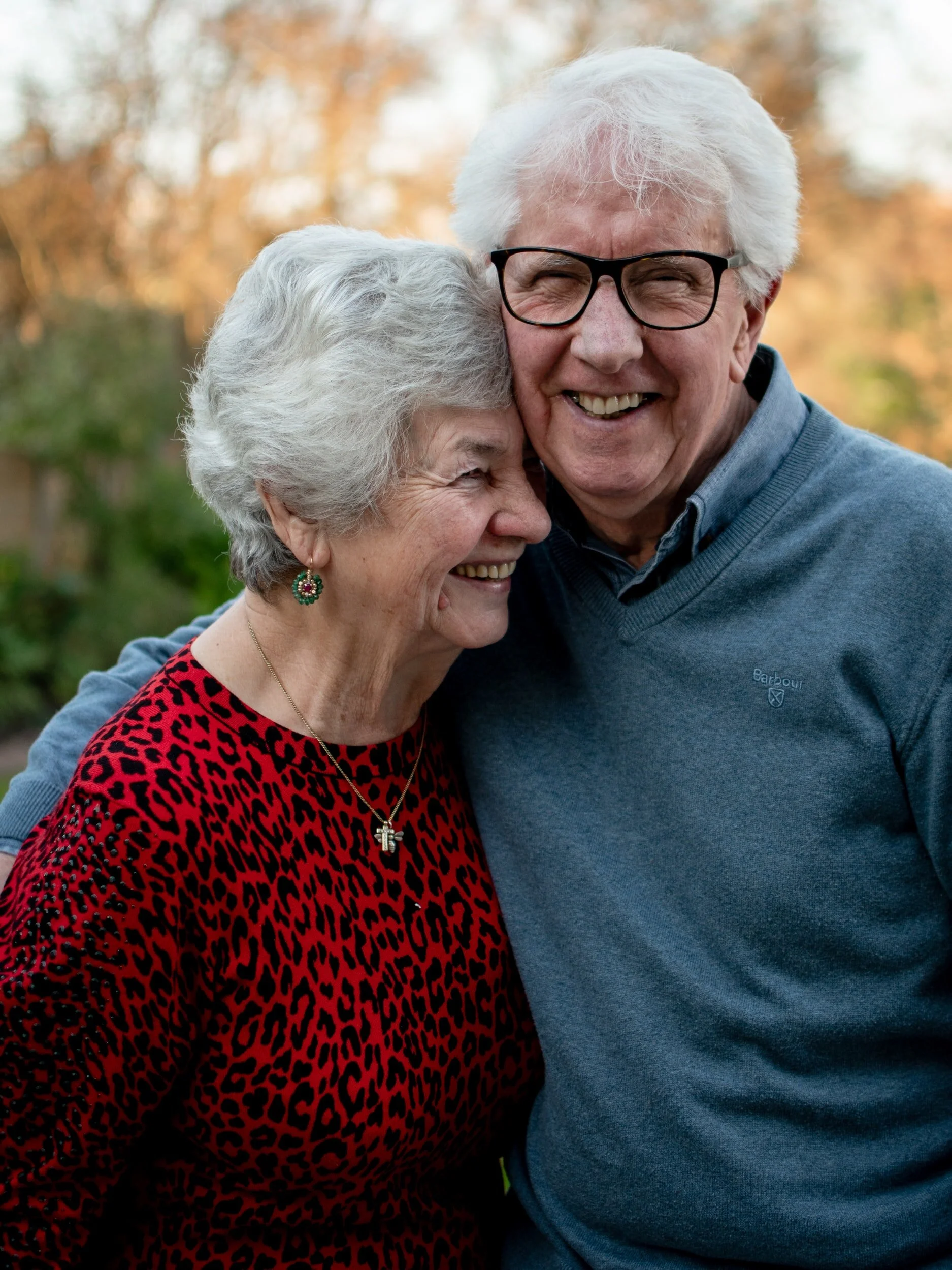Empty Nest & Retirement Years as Invitations to Re-Create Shared Meaning
The apex of Dr. John Gottman's "Sound Relationship House" - the metaphorical distillation of his decades of scientific research on marital success—is Shared Meaning.
A couple's Shared Meaning is established and reinforced by intentional habits and patterns of interaction that create and reinforce a couple's friendship. Friendship is what Dr. Gottman's research has shown to be the bedrock of a close, passionate, and enduring relationship or marriage. Friendship is comprised of the principles Gottman has named: Love Maps, Turning Toward One Another (connecting), and Nurturing Fondness and Admiration. More could be written on these, but suffice to say that Love Maps is partners having a detailed "map" in their head of their partner's world; they are familiar with each other's internal and external world, such that they know how to "be there for" each other. Turning Toward One Another is the habit that satisfied and long-lasting couples have of connecting often in ways that keep the friendship alive. These are dates, regularized stress-reducing-conversations, weekly checkins, daily rituals around partings and reunions, purposeful celebrations, thoughtful considerations, etc. Nurturing Fondness and Admiration is the mental and verbal rehearsing of what we like, love, respect, admire, and are grateful for, concerning our spouse. It is feeding a positive sentiment toward our husband or wife; it is spinning in a positive direction what could be spun negatively, but for our refusal to do so. It's being thankful for who we have rather than making comparisons to the facade we see in others' spouses.
The friendship that is formed in dating is unlike the friendship that is re-formed in empty nest and retirement years. And that reformation is different still from the friendship that was honed in the fires of educational pursuits and career development, challenged and defended amid the chaos of raising children, or creatively protected in the lean years of our offspring's education and career pursuits. At each stage, connection was (ideally) given the priority it deserved, afforded the creativity and resources due something of high priority, and enjoyed by both partners like a refreshing drink enjoyed by a parched traveler. The ways and means of connection was different at each stage, but hopefully valued, prioritized and defended the same.
The empty nest and retirement years are not parched ground devoid of nutrients now that child-rearing and career-building have been accomplished; quite the opposite. They are another opportunity to redecorate the living space that is our marriage, like we've done before. It's time to pick out new curtains (okay... window coverings), decide where we'll sit and on what in our new environment, re-purpose the kids' rooms in a way that makes sense for our life and lifestyle, and replace academic, league, and career-oriented calendar items with mutual and separate passions for which there had not been time, before.
In short, the empty nest and retirement years are an opportunity to—indeed, a requirement to—redefine our shared meaning. What rituals, roles, goals, symbols, practices, routines, celebrations, and pursuits will define our lives together and individually as supported by one another? This can even include anticipation of and preparation for medical decline and mutual care-giving. No need for ill health to come upon us as a surprise or morose experience. How can it be part of our "us" just as were the plans made during more active years?
Before that time comes, are these the years we can finally go dancing, hold hands while walking in beautiful settings, go out to those restaurants that the kids never liked, play cards again if we can find anyone who knows how, invest in the lives of others, serve in altruistic ways once precluded by work and parenting?
My wife and I have re-written our shared meaning to now include Saturday morning breakfast out. The waitress knows our name and our usual shared order. Travel is always west... to the homes of one of our three children, where Nana and Poppy take on the cherished role of weekend playmates and caregivers, including giving our kids a night out with their spouses. It's one of the things we enjoy most. Also high on the list is leading marriage seminars every few months, whether in our own city or elsewhere, and leading or co-leading a topical or Bible study with a group of friends. We're invested in the ministries of our church and strive to correct on our block the cultural tragedy of neighbors not knowing neighbors. These are years in which I can finally write with more regularity and my wife supports me alongside as she pursues her own interest in shared space made warm, comfortable, nurturing, and life-giving to our marriage. It's a stage of oneness-building like every stage of marriage affords, but now with new ways to understand, prioritize, value and depend on each other. This time, with less hair.
Finally, as with any stage of marriage, the measure of the above meaning re-creation and its practice is how we're making each other feel in the process. The Gottman Institute's identification of extremely high ratios of positive to negative interactions between Master Couples tells us that satisfying marriages are built in the intangible process more than on the tangible product. Whether it's sipping coffee together over laptops, navigating cross-country or across-town travel, or managing a messy lunchtime with grandchildren, the invitation is always the same... to be for the other the safest place on earth; the greatest teammate; the most encouraging and affirming friend who is there for our spouse, as he or she is for us. That is both the product and process of shared meaning—at any stage—and the measure of any marriage.
by Doug Burford, DMin, LCPC
Level 3 Gottman Trained


